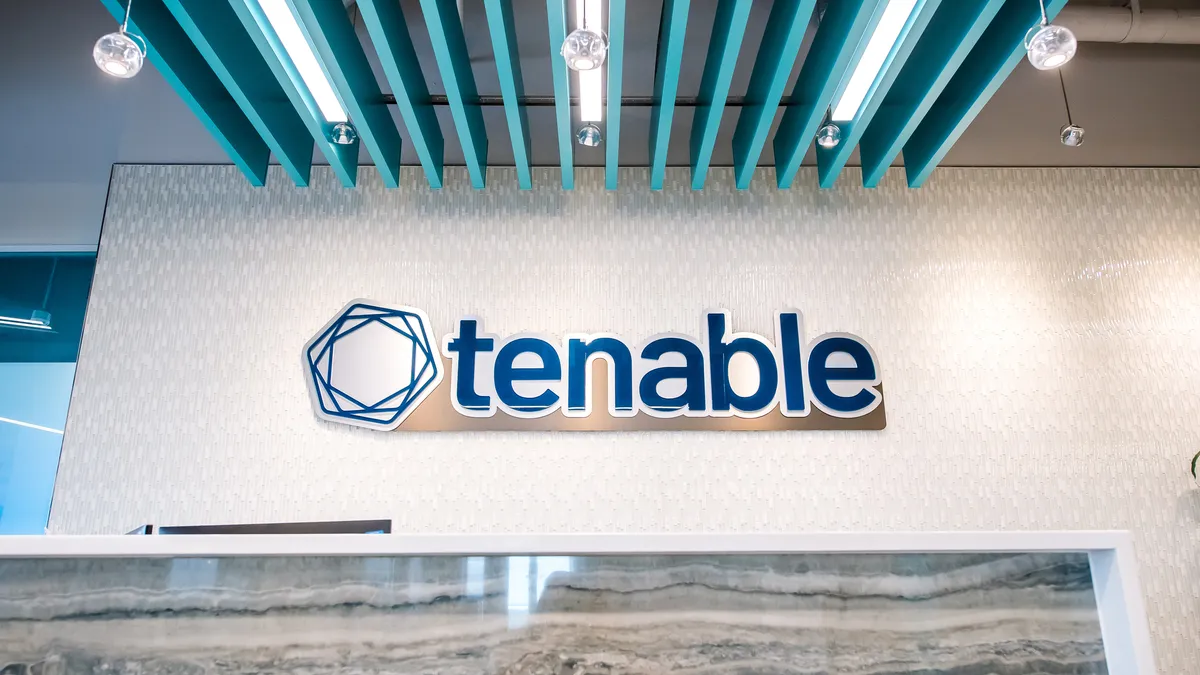Entering a new company can be challenging, especially when the goal is to reach $1 billion in revenue.
Patricia Grant joined cybersecurity company Tenable last month to lead digital transformation, innovation and modernization. The news comes at a “pivotal moment for the company,” Amit Yoran, chairman and CEO of Tenable, said in the company announcement.
While some industries are feeling the effects of record inflation, cybersecurity continues to be a business imperative. Tenable, like many others, is looking to grow.
Across the sector, cybersecurity firms have increased their revenue predictions for the year. CrowdStrike, SentinelOne, Palo Alto Networks and Cisco all reported growth, CNBC reported.
Tenable was founded in 2002 and went public in the summer of 2018 as more companies began to prioritize cyber risk management. The company has grown to support more than 40,000 customers globally, including more than 60% of the Fortune 500 and more than 40% of the Global 2,000.
As attacks scale in scope and frequency, security-focused organizations have ample room for growth ahead amid a pervasive need for cybersecurity across businesses of all sizes. At Tenable, the revenue goal is to exceed 10 figures.
“The exciting thing for me is that we all have that line of sight, that path, to $1 billion,” said Grant, a 30-year tech veteran with stints at ServiceNow, Symantec and PeopleSoft. “But you know, for me, [that means] making sure we are rapidly growing and expanding and that I can put in place the tools, the technology, the process, the people – all of that – to ensure that we can scale.”
The company is expecting to end this year with $673 million to $679 million in revenue, according to the company’s Q2 2022 financial report for the period ending June 30.
“Coming from the companies that I worked for in the past and having that insight and being able to see what we need to do, looking at the company size today and different companies I’ve looked at, I’ve got pretty good insight into what we need to do to be able to do that,” Grant said. “I feel confident that I can execute quickly on that.”
Grant’s plan focuses on three key areas of the business:
- Resource efficiency
- Frictionless go-to-market experiences
- Optimizing end-user experiences, internally and externally
Within resource efficiency, Grant also underlined the importance of cost optimization.
“There’s a lot of different things impacting the world right now, and so what you’re seeing is companies, in general, are all being very cautious on spend,” Grant said. “You’re going to find a lot of leaders out there are really taking a look at how to make sure we’re spending every single dollar as efficiently as possible.”
Grant plans to increase automation, and in turn productivity, by evaluating existing processes and systems.
Go-to-market experiences can be improved by ensuring team members have the necessary tools and tech in a timely manner. Grant’s team also plans to provide better user experience by making sure whatever tech is in place is “simple, easy and intuitive.”
Change takes time, though.
“I’m only in week three, so I’m going through and taking a look at what are those opportunities to scale," Grant said.














